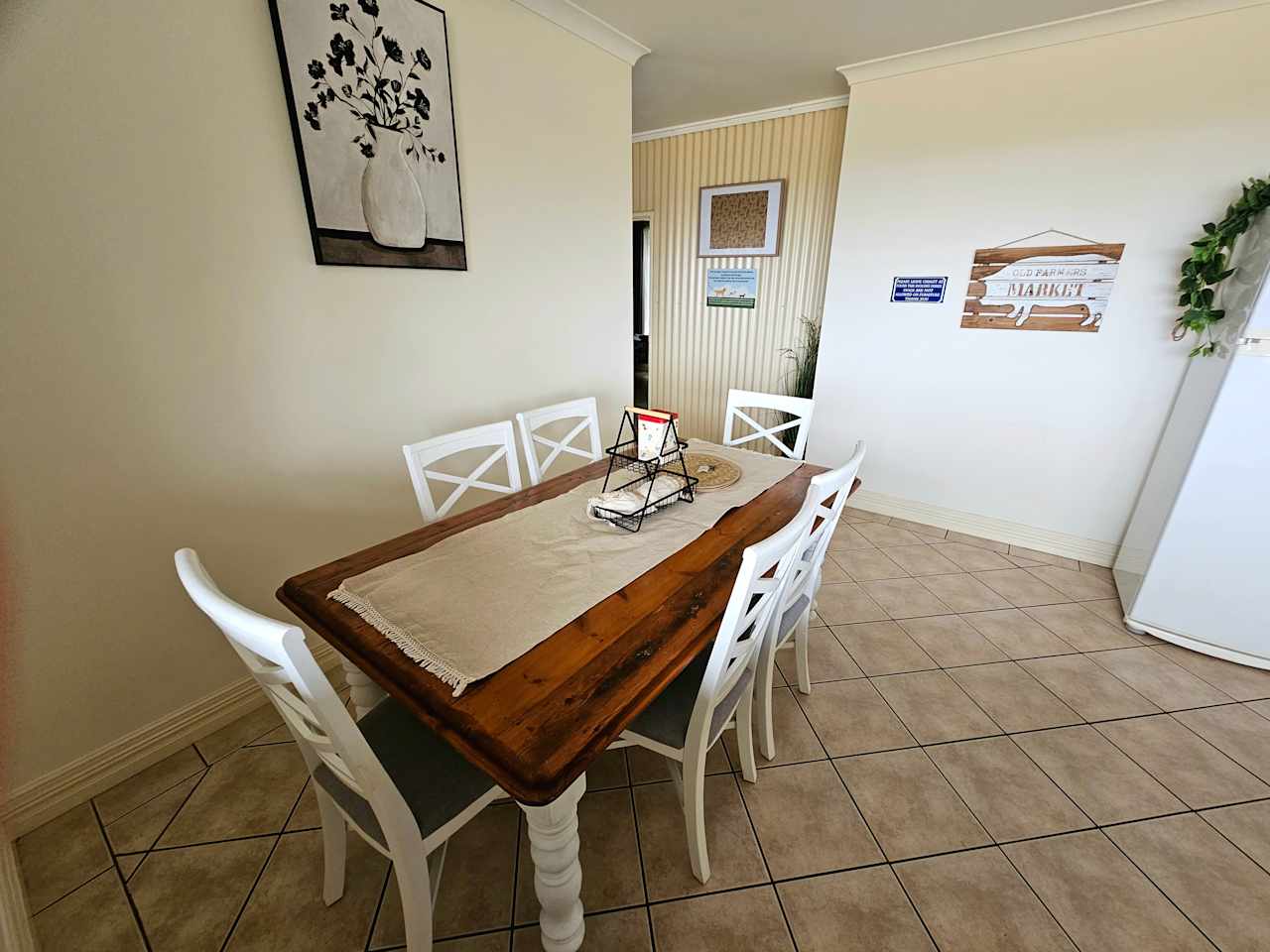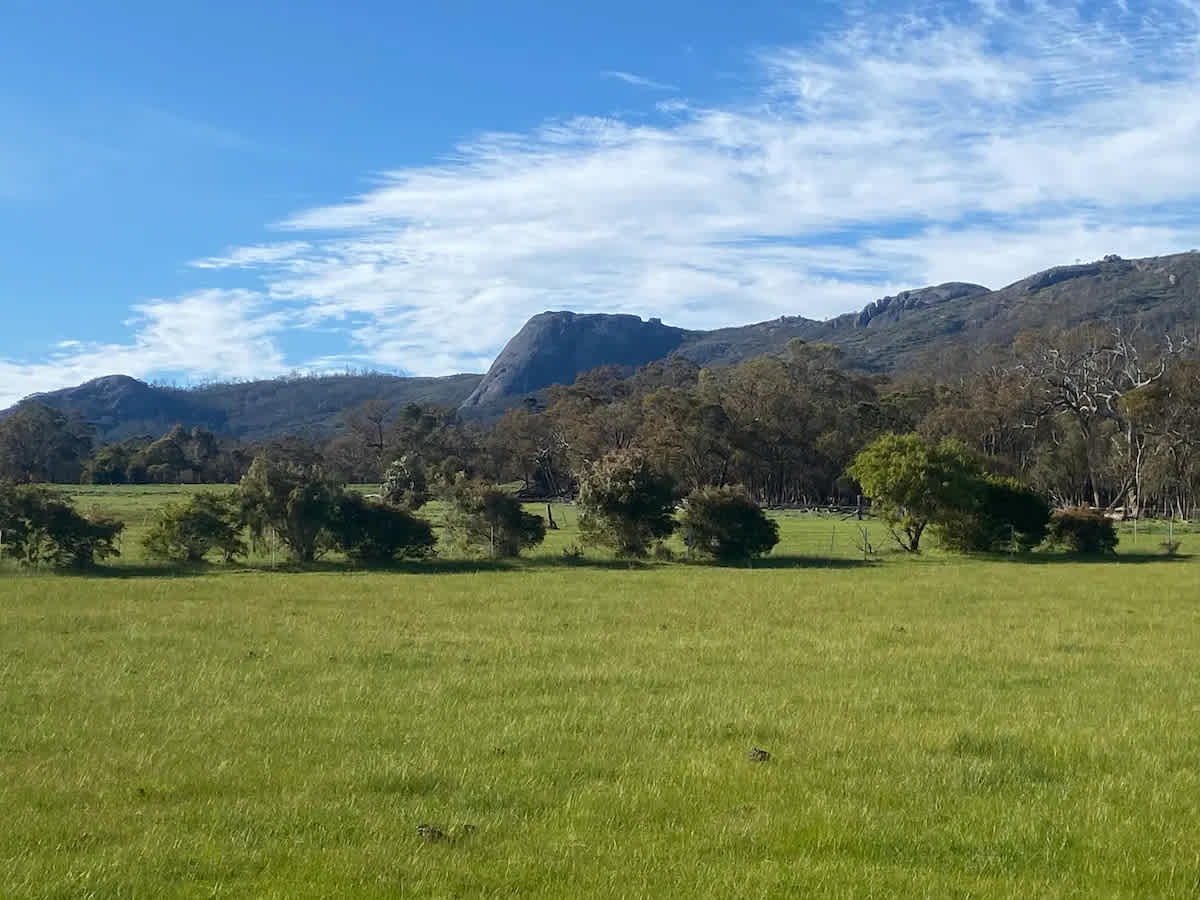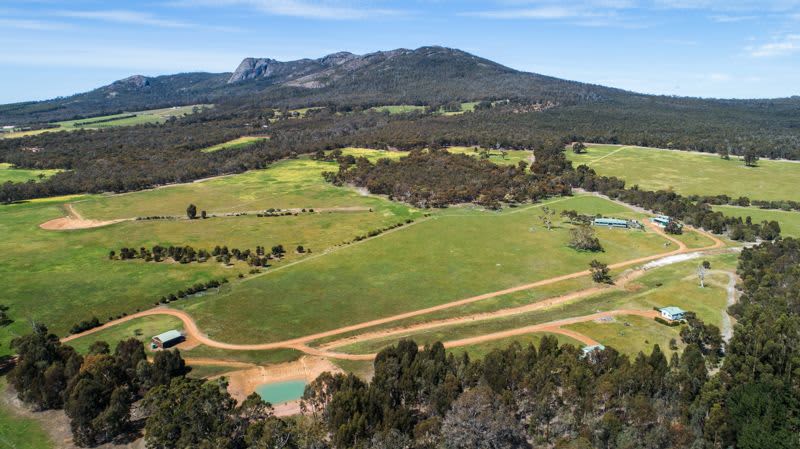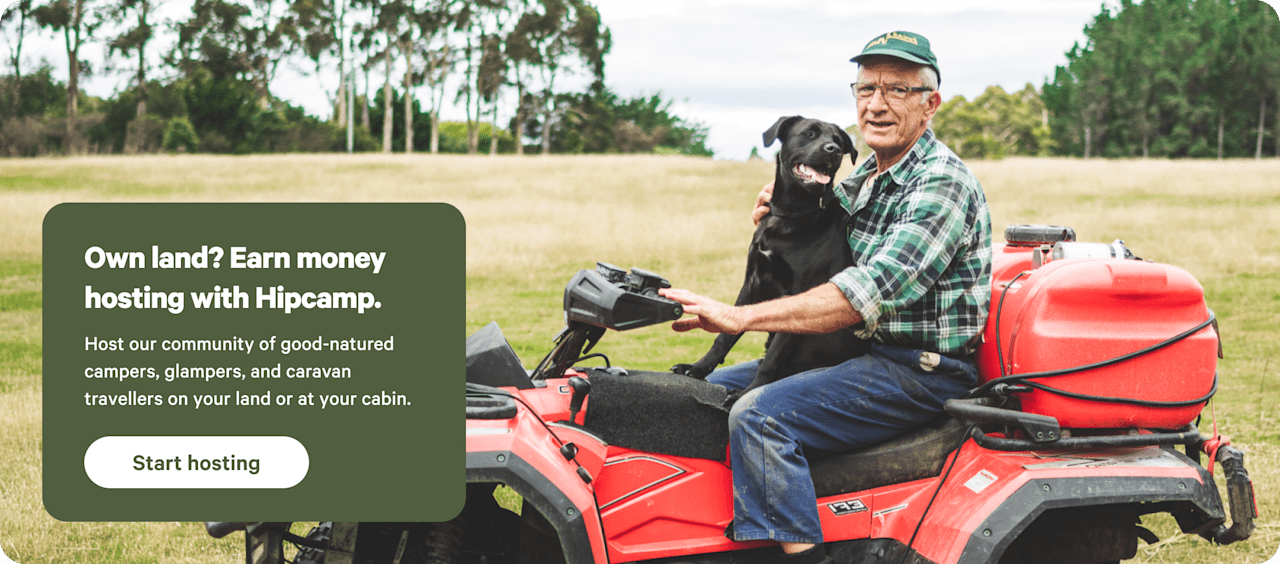Farm glamping near Albany
Pristine beaches, historic whaling stations, and Indigenous sites—this is the ultimate Oz experience.
- Albany
Popular camping styles for Albany
2 top farm glamping sites near Albany
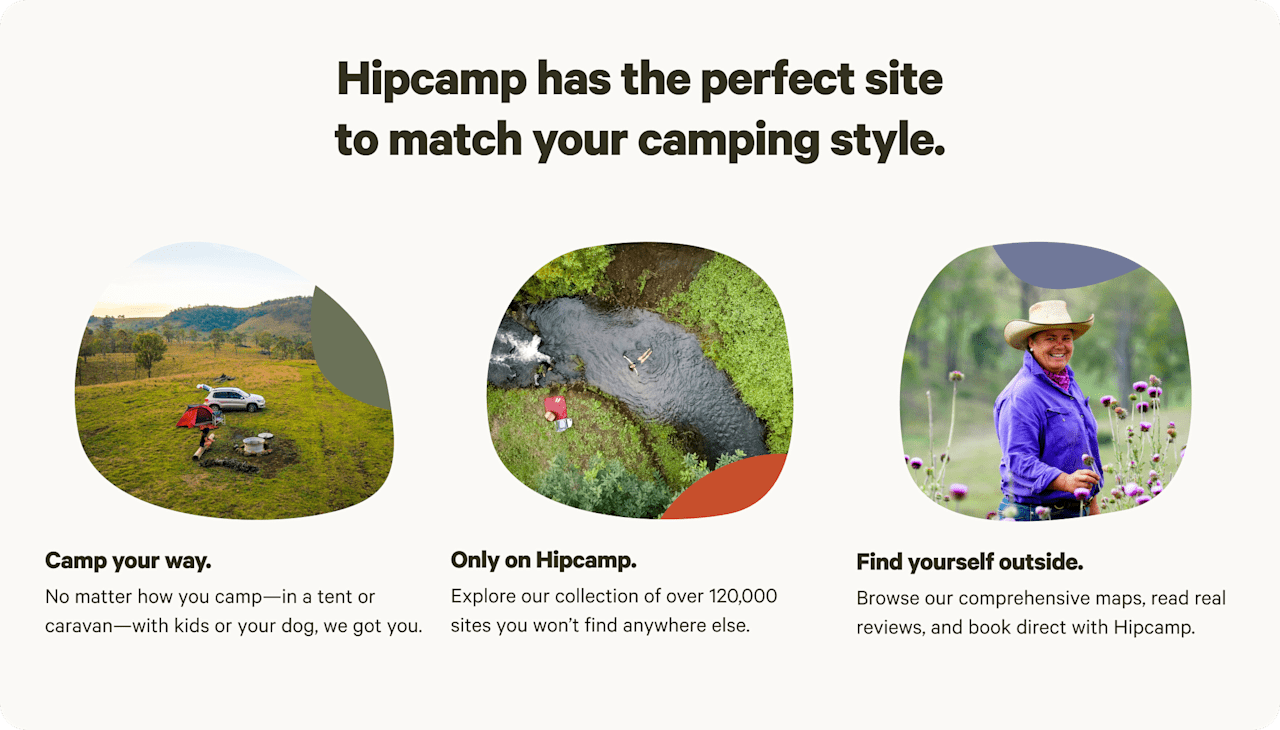

Farm glamping near Albany guide
Overview
A former historic whaling station, the township of Albany, is perfectly located on the ocean, and near several of Western Australia's best national parks. Nature-based highlights are easy drives from town: King George Sound, the cliffs of Torndirrup National Park and white sandy beaches (Middleton Beach is a winner). To get here, you wind along the South Coast Highway (Hwy 1), past waterways and sheltered inlets, some of which is backed by thick forests, including the Valley of the Giants. Wilderness campers are spoilt for choice around Denmark and West Cape Howe, with top beach-front camping spots, some shaded by peppermint trees. Many camping areas are free; some are walk in only.
Albany & Vicinity
An historic whaling centre, Albany is an interesting mix of local commerce and tourism. The town’s beaches, the delightful Middleton Beach and Emu Beach, face King George Sound (in winter, you might see pods of whales with their calves taking shelter here). Albany’s central camping options are holiday parks and tourist & caravan parks (with full amenities), with plenty of sites for camper trailers, caravans and tents. For a great choice of bush-based campgrounds, head to the surrounding national parks that are run by the Parks & Wildlife Service.
Denmark
With a population of 3,000, the tiny town of Denmark packs a big punch, especially when it comes to natural surrounds. Denmark is a useful gateway to the Valley of the Giants, a spectacular tree top walk within the canopy of ancient tingle trees. Great beaches include Ocean Beach, or plunge in the turquoise rock pools at William Bay National Park. Closer to town there’s great walks: stroll along the heritage trail or the Wilson Inlet Trail. Most of Denmark’s camping choices are a short drive from the town centre, while others are located along the coast. Most have sites for camper trailers, caravans and tents.
Stirling Range National Park
Photographers flock to this beautiful park, especially in wildflower season (September to December). Comprising over 1100sq km, the park is a series of rugged peaks and gullies. Striking cliff faces and over 1500 of flora species are star attractions, as are spectacular cloud formations. The place to stay is Stirling Range Retreats and there are rammed-earth cabins if you don’t want to pitch your tent or sleep in your van. Also on the northern boundary and offering different options are Mt Trio Bush Camping and Caravan Park2. Don’t miss a wildflower and orchid bus tour in season.
When to go
This is a year-round destination, though January and February see hotter summer temperatures. Spring and summer are perfect for the beach stops though West Australian school holidays bring statesiders to the coasts and parks (dates change annually). Whale watching season is from around September to December. You can visit the national parks at any time of year, though be aware that conditions in Stirling Range National Park are particularly subject to unpredictable changes in the weather at any time.
Know before you go
- Denmark or Albany are the best places to buy supplies. Denmark has wineries, too.
- Many campsites are free; these have no facilities.
- This area is remote; mobile phone service can be patchy outside the main towns.
- Public transport is limited, but not impossible.
- With the exception of the serviced holiday parks and in-town campgrounds, you’ll need to take your own water.
- Stirling Range National Park experiences unpredictable changes in the weather, including hail and rain (hikers must take precautions).
